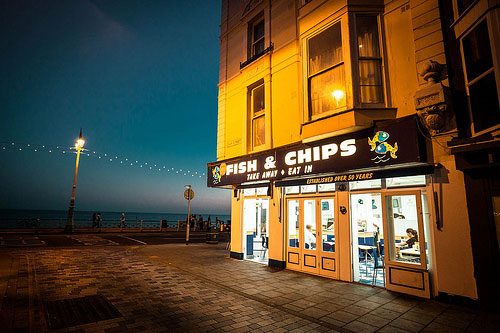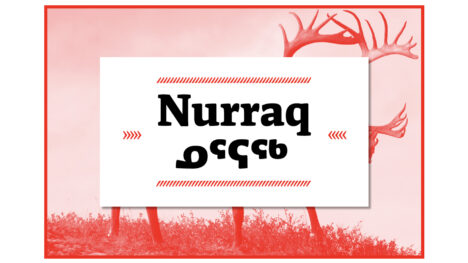Last year, I wrote about the challenges of picking responsive images breakpoints and how I found it a nearly unsolvable problem. It has vexed me since.
But I have a new idea on how we might be able to define responsive image breakpoints that is based on a performance budget.
Before I begin, I should note that a lot of this is a thought experiment. I don’t yet know how practical this approach would be.
Brief refresher on responsive image breakpoints
Without going into all of the details about responsive image breakpoints, the short version is that most people are picking the breakpoints for responsive images based on one of two criteria:
- Based on what Scott Jehl referred to as “sensible jumps in file size to match screen dimension and/or density” OR
- Simply matching the image breakpoints to the major breakpoints being used for the design.
While the first method is more efficient and will probably result in better image sizes, my suspicion is that defining “sensible jumps in file size” is so nebulous that most web developers are going to choose to do the second, easier option.
That is unless we can find a formula to calculate what constitutes a sensible jump in file size and that’s what got me thinking about performance budgets.
What is a performance budget?
I’m not sure how long the idea of a performance budget has been around, but I first became cognizant of the idea when Steve Souders talked about creating a culture of performance on the Breaking Development podcast.
Tim Kadlec expanded on the idea in a recent blog post. He cites the BBC which determined that “each page to be usable within 10 seconds on a GPRS connection and then based their goals for page weight and request count on that.”
So that’s the basic idea. Establish a performance budget and stick to it. If you add a new feature to the page and you go over budget, then you have a three options according to Steve (and transcribed by Tim):
- Optimize an existing feature or asset on the page.
- Remove an existing feature or asset from the page.
- Don’t add the new feature or asset.
What is the performance budget for flexible images?
Let’s apply this idea of a performance budget to responsive design. In particular, let’s treat the idea of flexible images as a feature. Because flexible images are a feature, we need a budget for that feature.
And as long as we’re making up the rules, let’s establish a few more hypotheticals:
- The page we’re working with has 10 images on it of varying formats and visual content.
- We haven’t reached our performance budget yet so we don’t have to remove other features, but we still need to make sure that flexible images do not add too much to the page weight.
- We’ve concluded that flexible images can add up to 200k to the page above what the size of the page would be if we provided fixed width images. We picked 200k because it is ~1 second at HSDPA (recent mobile) speeds. And well, 200k is a nice even number for this thought experiment.
- Because this page has 10 images on it, each image has a 20k budget for flexible images.
One thing to keep in mind, 200k isn’t the cap for the file size of all ten images combined. Instead, it is the price we’re willing to pay for using flexible images instead of images that are perfectly sized for the size they are used in the page.





